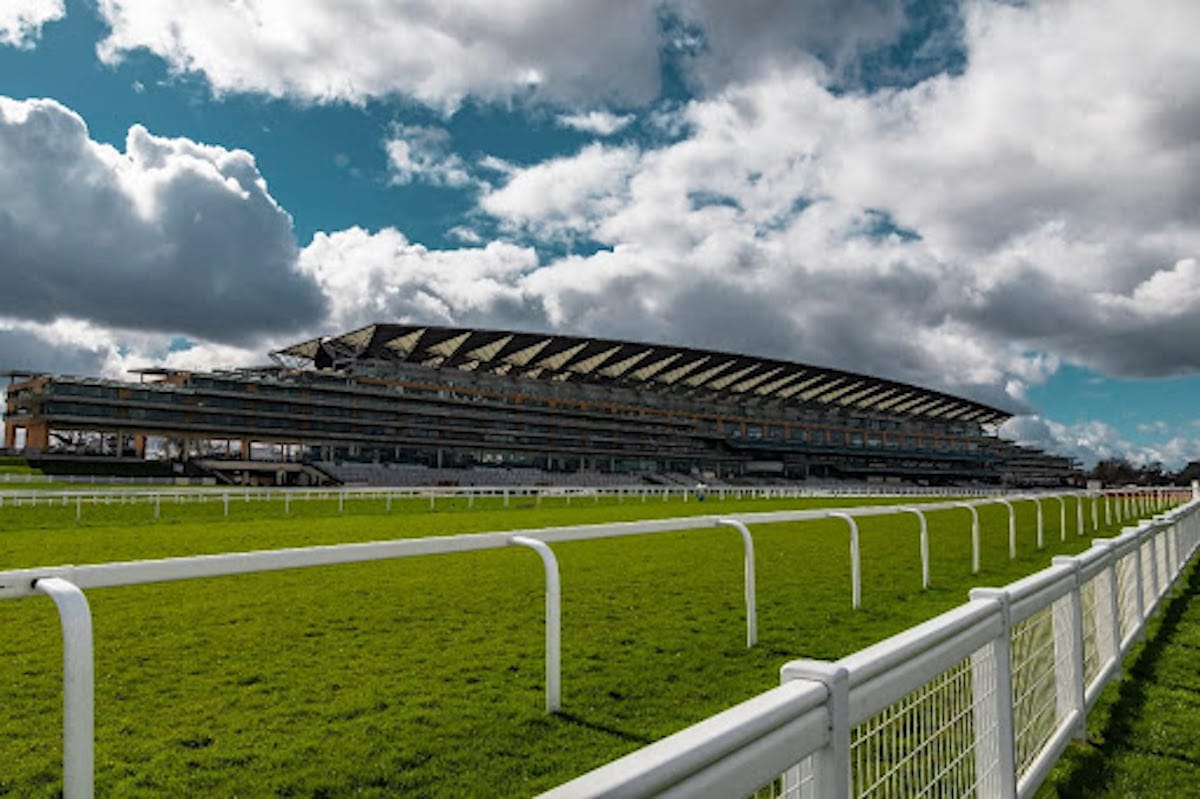We’re just a few short weeks away from one of the greatest sporting occasions of the British summer. Royal Ascot brings thousands of spectators from all parts of the country flocking to watch the races unfold, with the event standing as one of the oldest and most widely enjoyed in the world of horse racing and sport as a whole.
Racing fans around the country will be analysing the Royal Ascot betting in advance of this year’s festival, which gets underway on June 20. Many of the stars of the flat racing world will be in attendance to try and write their name in the Ascot history books.
The racecourse has an impressive history. Founded in 1711 by Queen Anne, who was impressed by a large area of open heath she discovered when out riding from Windsor Castle, and decided it would make a fine location for a race meeting. Later that year, the first meeting was held at what would become Ascot Racecourse.
Nearly 83 years later, the first building was erected on the site, with a capacity for 1,650 people, which was used for some 50 years. Then, in 1839, a brand new grandstand was built, increasing capacity and allowing for a more comfortable experience for spectators. Even with this development, the facilities back then were a far cry from the plush surroundings of the course today.
The second world war led to a pause in racing activity at Ascot between 1940 and 1943. For a couple of years after that, some smaller meetings were held, with the first proper fixture after the war taking place in May 1945.
Queen Elizabeth, a huge fan of horse racing and an owner of many thoroughbreds over the years, attended the Royal Ascot festival each year, right up until her health began to deteriorate towards the end of her life. The sight of her majesty watching on with enthusiasm was a staple of Royal Ascot every time June rolled around.
The mid-2000s saw a major redevelopment of the racecourse, turning it into the modern cathedral of racing we see today. It is now the biggest racecourse in the UK in terms of capacity, holding a whopping 75,000 spectators.
Given the history of Ascot Racecourse, it’s no wonder Royal Ascot has become one of the standout meetings on the racing calendar. Its prime timeslot in early summer makes it hugely popular among the general public, with thousands descending on Berkshire to soak up the sun and enjoy some top-class racing.
Of course, much of the attention usually falls on the Gold Cup, the blue riband race at Royal Ascot each year. Last time out, the winner was Kyprios, with Ryan Moore in the saddle and Aidan O’Brien the winning trainer. It was O’Brien’s first Gold Cup triumph since 2016, which represented a bit of a drought for such a prolific trainer.
We’re just a handful of days away from the next edition of Royal Ascot, where once again Ascot Racecourse will be front and centre in the sporting world. There’s no doubt that this sporting institution will continue to be a major feature of British sport for many more years moving forward.


